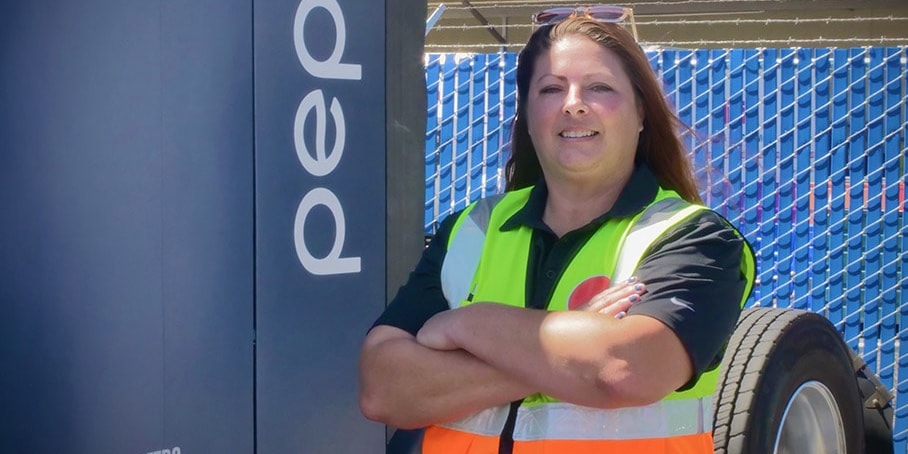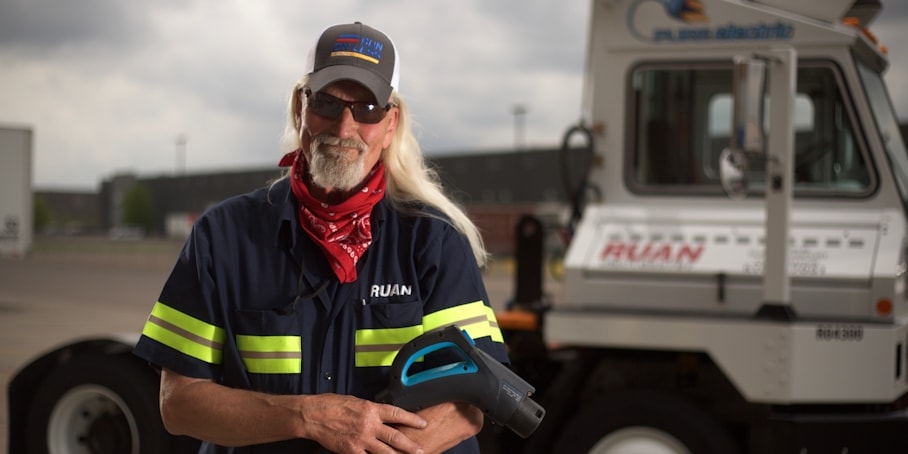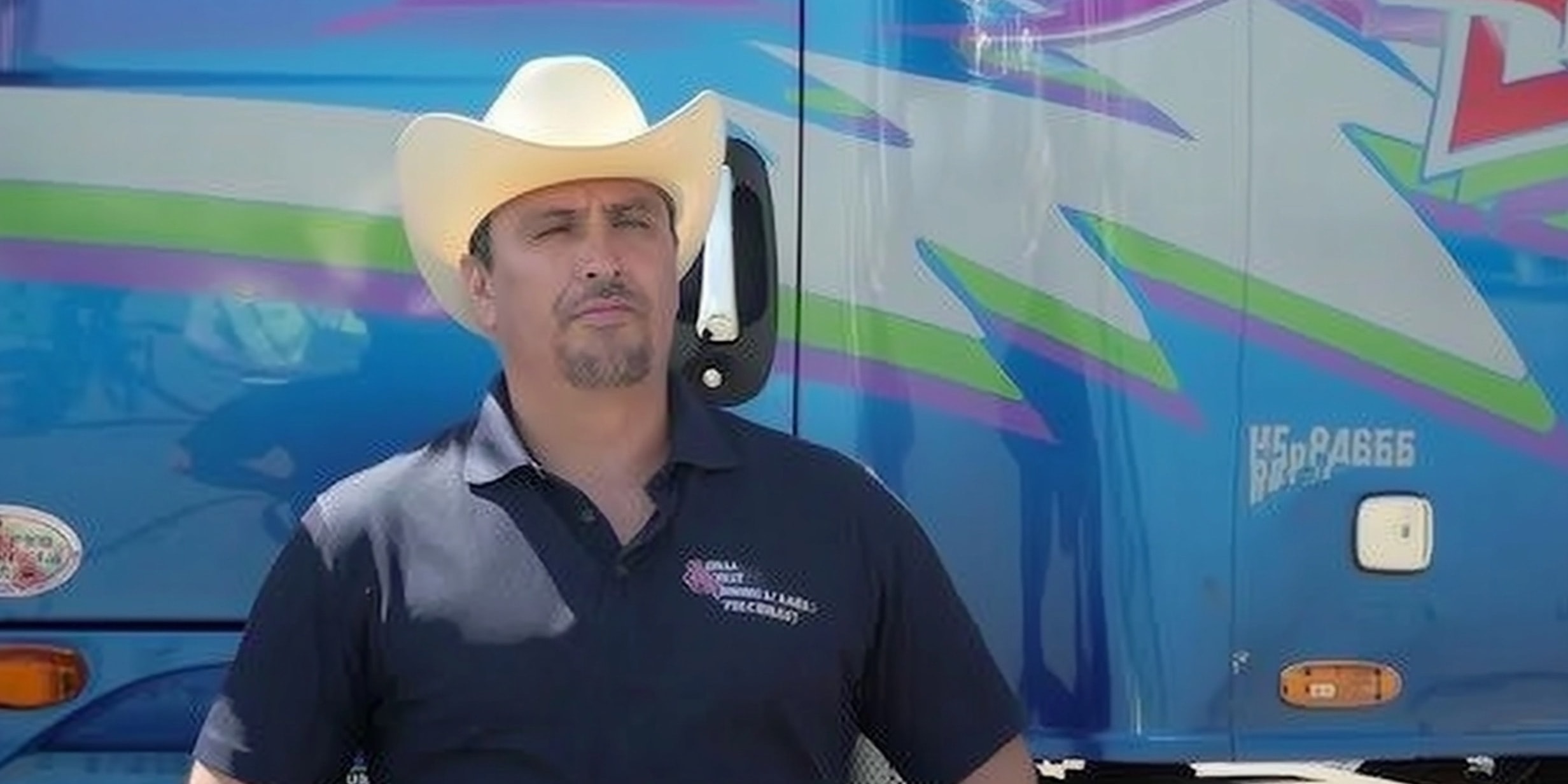NACFE Releases Report: Run on Less – Electric DEPOT: Scaling BEVs in the Real World
In addition to validating the initial findings, the NACFE team’s post-Run analyses led to further findings.
Fort Wayne, Indiana — June 27, 2024 — The North American Council for Freight Efficiency (NACFE) and RMI have released a new report Run on Less – Electric DEPOT: Scaling BEVs in the Real World. The report focuses on analyzing daily performance data from 22 production-level battery electric vehicles (BEVs) operating out of 10 fleet depots that participated in Run on Less – Electric DEPOT. Vehicles represented include Class 2b through Class 8 trucks from 11 manufacturers.
The data from the Geotab telematics devices installed on the trucks was made available to researchers for deeper analyses. NACFE conducted a Run on Less – Electric DEPOT Data Workshop in March 2024, where participants were invited to present their own analyses of the Run data.
“Insights can be pulled back into telematics tools to help the fleet operator understand range prediction and capabilities for their unique situation and the factors that impact them,” says Charlotte Argue, senior manager, sustainable mobility, Geotab.
The data analysis confirmed and validated the findings released shortly after the demonstration in September 2023.
Those findings were:
- Small depots are ready for electrification now.
- Large depots are possible and gaining momentum.
- There have been big technology and production improvements since Run on Less – Electric in 2021.
- The trucking industry needs cost and weight reductions to improve TCO.
- Range can be extended with multiple charging events during a shift or en route.
- BEVs are empowering diversity and inclusion, and energizing initiative and passion.
- Powering up infrastructure is taking too long, but portable/temporary charging is helping.
“[The Run showed] that this technology is available. It’s not 10 years in the future. It’s operating now in a city around us and it is possible for other businesses and other fleets to adopt,” says Joy Gardner, executive director, Empire Clean Cities.
In addition to validating the initial findings, the post-Run analyses came to these additional findings:
- Electric vans, trucks and heavy-duty tractors are on the road today and are performing well in many duty cycles. Despite challenges, many fleets are deploying BEVs at scale in their operations. This list includes not only the 10 fleets that participated in Run on Less – Electric DEPOT but also companies like Amazon, NFI and IKEA.
- Infrastructure, both at the depots and strategically placed along freight corridors, is needed now. One stumbling block to depot electrification is the need for a wider charging network. The place to begin is at or between depots and along freight corridors. Fleets can help with this by working in partnerships where two or more companies combine charging use to maximize charger asset utilization. Fleets need to be aware that planning time for utilities is significantly longer than what fleets are used to. Utilities need to give fleets realistic timelines for project completion. The US National Blueprint For Transportation Decarbonization and the National Zero-Emission Freight Corridor Strategy outline a vision for the vehicle technologies and infrastructure required to transform commercial freight transportation from fossil fuels to zero-emission energy sources.
- Heavy-duty tractor OEMs should make cost and weight improvements a priority. It is still difficult for many fleets to make the TCO case for BEVs based solely on hard costs, but factoring in things like driver satisfaction and achieving sustainability goals can result in a better TCO case. In addition, more information is needed on the cost of trucks, chargers, energy, infrastructure installation, etc. Vehicle weight has a direct impact on how much payload can be carried. Even with the 2,000-lb. weight exemption for Class 8 vehicles, the weight of the batteries is impacting payload as well as range. But it is important to keep in mind that today, even with diesel-powered trucks, not every load reaches maximum gross vehicle weight. The more exact the understanding of freight weights, the better the electricity needs for BEVs can be estimated. This will help fleets better match BEVs to duty cycles. In the meantime, OEMs need to continue to refine batteries with weight reduction as a key goal.
- More realistic data on all key performance metrics is needed. There is a need for better quality performance data on BEV operations — not measured solely on the vehicle, but also measured at the charger, at the depot and from a utility perspective. Information needs to be realistic and not focus on “worst case” scenarios as those do not accurately represent the reality of the current state of BEV development. In addition, it takes a joint effort from a variety of sources to electrify a depot and each of these participants requires their own type of data for different reasons.
“These additional findings are things that everyone involved in the effort to decarbonize freight movement can be working on,” says Rick Mihelic, NACFE’s director of emerging technologies and lead author of the report. “We have built up quite a bit of data which demonstrates that BEVs are working in a wide variety of transportation applications, but we are aware that there are still issues that need to be addressed. Collaboratively and collectively, we can address the changes and improve the TCO case for BEVs for more fleets.”





